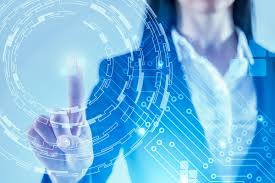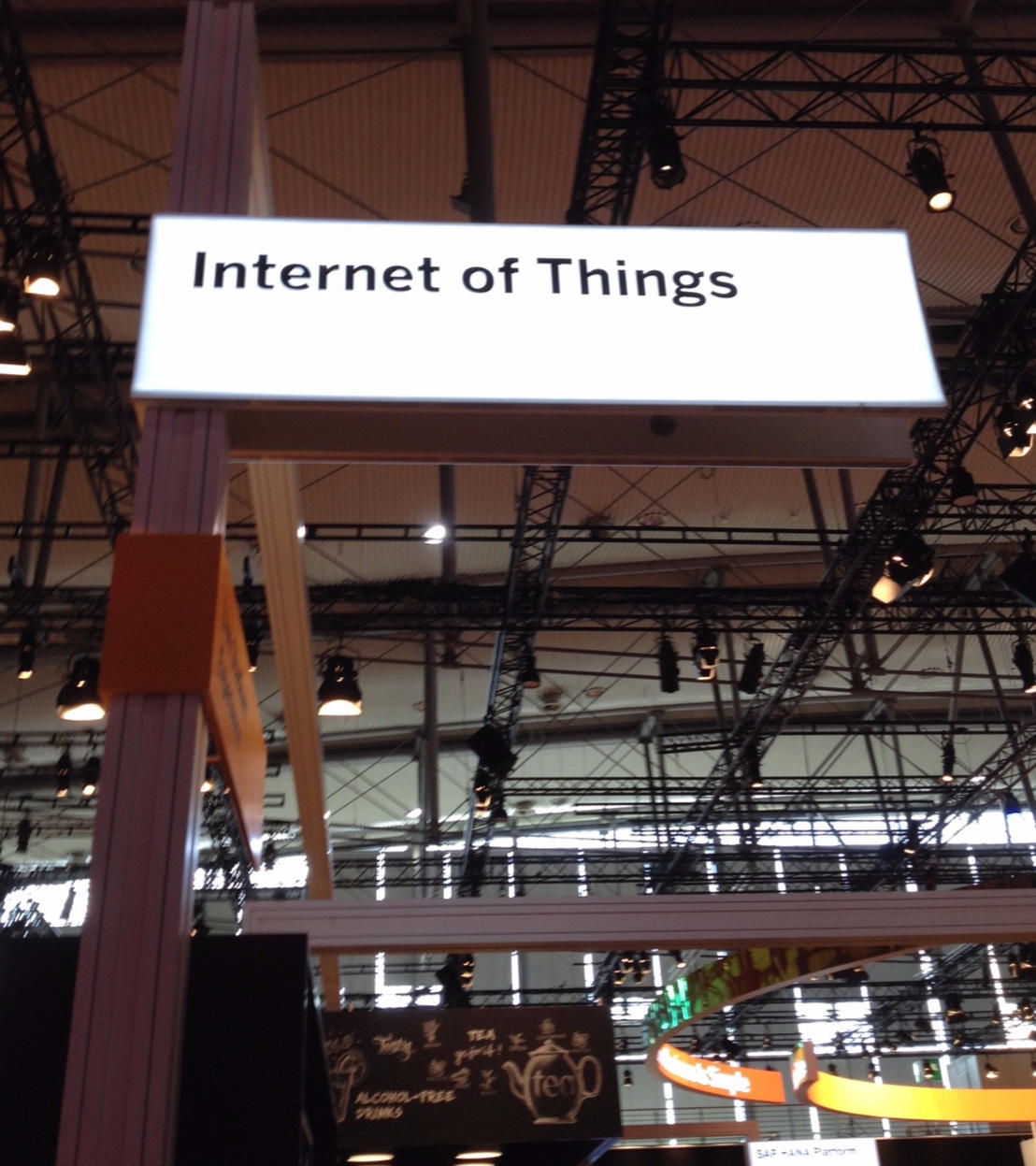Source: analyticsinsight.net
Pandemic is a surprise visitor that sends shock-waves across the globe. When a sudden outbreak stroke, people of different communities started acting in contrasting ways to protect themselves from contracting the disease and tried to keep a balance on their normal life.
Hundreds of quick solutions started emerging from the crisis. The major problem with that is they were not effectively impacting the approach to slow-down the spread. Meanwhile, higher-ups started looking for perfect solutions that involve remote collaboration, contactless transactions, replacement of manual process with automated, robotic and other human-free processes. By bringing in all the changes, humans could be spared from victimization.
The cross-course of ideas and solutions by individuals are a major drawback during the raging of a contagion. There is a lack of central coordination which could confuse the situation with pandemic-related infodemics (reliable and unreliable information related to pandemic pilling up and bringing confusion) on social media platforms, scarcity of guidance to public health officials and other relatable sources. At this situation, authoritative data analysis, Artificial intelligence and IoT are the highly effective response to block the pandemic widespread.
The society is placed at an emergency situation to look at more data-driven and organised pandemic preparedness. China has remarkably placed a mile-stone in the pandemic accord. Seven months past the outbreak from its Wuhan city of Hubei province, China has responded rapidly with a unified nationwide approach. Officials are finding ways to access vast resources to save lives, control the infection and guide individuals to testing, treatment, quarantining and contact tracing.
Meanwhile, a lot of other countries like the United States are still struggling to find the exit door. The pitfall is due to old-fashioned approach towards the pandemic and its spread.
Some of the data analysis and other digital tools China has clouted in its response to controlling Covid-19
Online medical services: China is using the technology to provide self-service screening tools to reduce non-essential hospital visits while reducing the chances of spreading from medical bases and workload for health workers. Remote online healthcare programs are provided by Tencent and Alibaba, some of the biggest Silicon Valley player in the country. By availing the service, people can consult with doctors online and conduct self-assessments. They can decide whether to approach medical services further or remain at home.
Close track on virus emergence: Digital community management and community tools aid the residents by allowing volunteer teams of community residents to assist in disinfections and delivery supplies. The service also provides the facility for residents to receive a health QR code which guides them to submit their recent visits to pandemic epicentres. By enabling the service, the technology works to compile the data of close contacts with infected people, provides a three-colour scale that gives a person’s recent virus-related health history.
Long-distance health assistance: China’s 5G network has helped Chinese health professionals to extend their hands to help people at far ends. The network pitches-in the idea to connect hospitals in Wuhan with their counterparts in Beijing to get a consultation. The medical service can be utilised with ultra-high-definition medical images for better clarity.
IoT to scale the need: The same technology of connecting medical services are used in collaboration with the Internet of Things (IoT) to rapidly facilitate manufacturing of healthcare supplies like masks, PPEs and disinfectants. The technology scales the need for necessary products during the pandemic through its connectivity to various forms and alerts the domestic production houses to peep-up the production accordingly.
Other nations’ proactive reply to counter the spread of Covid-19 that are turning to be new normal
Counter-contagion nerve centres: New normalcies for nations are counter-contagion nerve centres that consolidate information to a spreadsheet of national health, immigration, customs, telecommunications and travel database. The consolidated data will be applied to an AI for further predictions. The AI can identify cases, generate real-time alerts and coordinate medical interventions. The facility can be used to do real-time screening at all ports in the country and the tools have the ability to provide information on the health status of the entrant through ports. It also gives guidelines on what category the entrant falls under ranging from a healthy person to quarantine or turn away based on the possibilities of the spread through the entrant.
Take-away for future: When previous pandemics like Spanish flu and Ebola broke out, the world was unaware of the AI technology assistance to contain the transmission. But now, the human race is remarkably noting down learnings for future pandemics. AI-driven predictive tools could be used by public health officials to slow the outbreak and stop community transmission. People will learn new ways to adapt to pandemic daily routine through community contagion dashboards. The AI-driven intelligence will guide the organisations to calculate the spread at the workplace based on the employee’s number and health condition. This could aid the authorities to decide on whether, when and how many employees could be brought back to the office. Proximity sensors will be embedded to the mobile phones that could get personal digital assistants with real-time ambient on crowded conditions to maintain social distancing. The AI-driven technology could also detect the offenders who might spread infection.
Installation of biosensing devices: The biosensing devices will be added to the basic public infrastructure. It could detect viral pathogens in the air, water, soil, surfaces, human and animal tissues. These biosensors could become a wearable by a human to predict the spread of infections from person-person and monitor disease progression among a large group of people. AI-driven service robots interrogate to people at public places to ascertain if they show signs of the virus. The environmental sensing can detect people with the disease even before they could recognise it. Another way of large screening of temperature at amassed places could be through infrared thermal screening.
The vision of new normalcy could be sensed with the presence of advanced technology. AI-driven technology, data analysis through cloud computing and Internet of Things are the major managers of public health infrastructure. Covid-19 has given life lessons and a lot of take-ways to human society. Going hand-in-hand with these technologies could help manage, monitor and contain future pandemic outbreaks.


